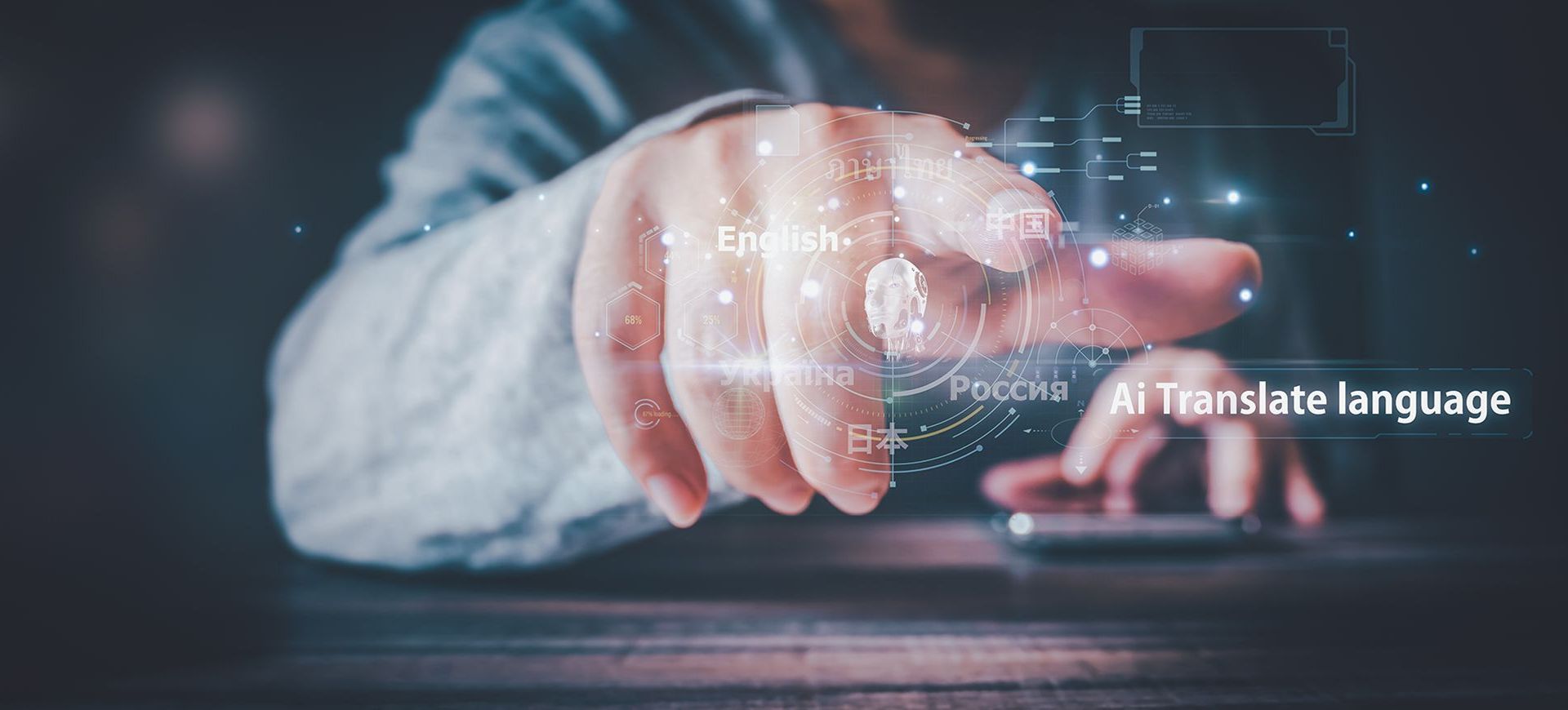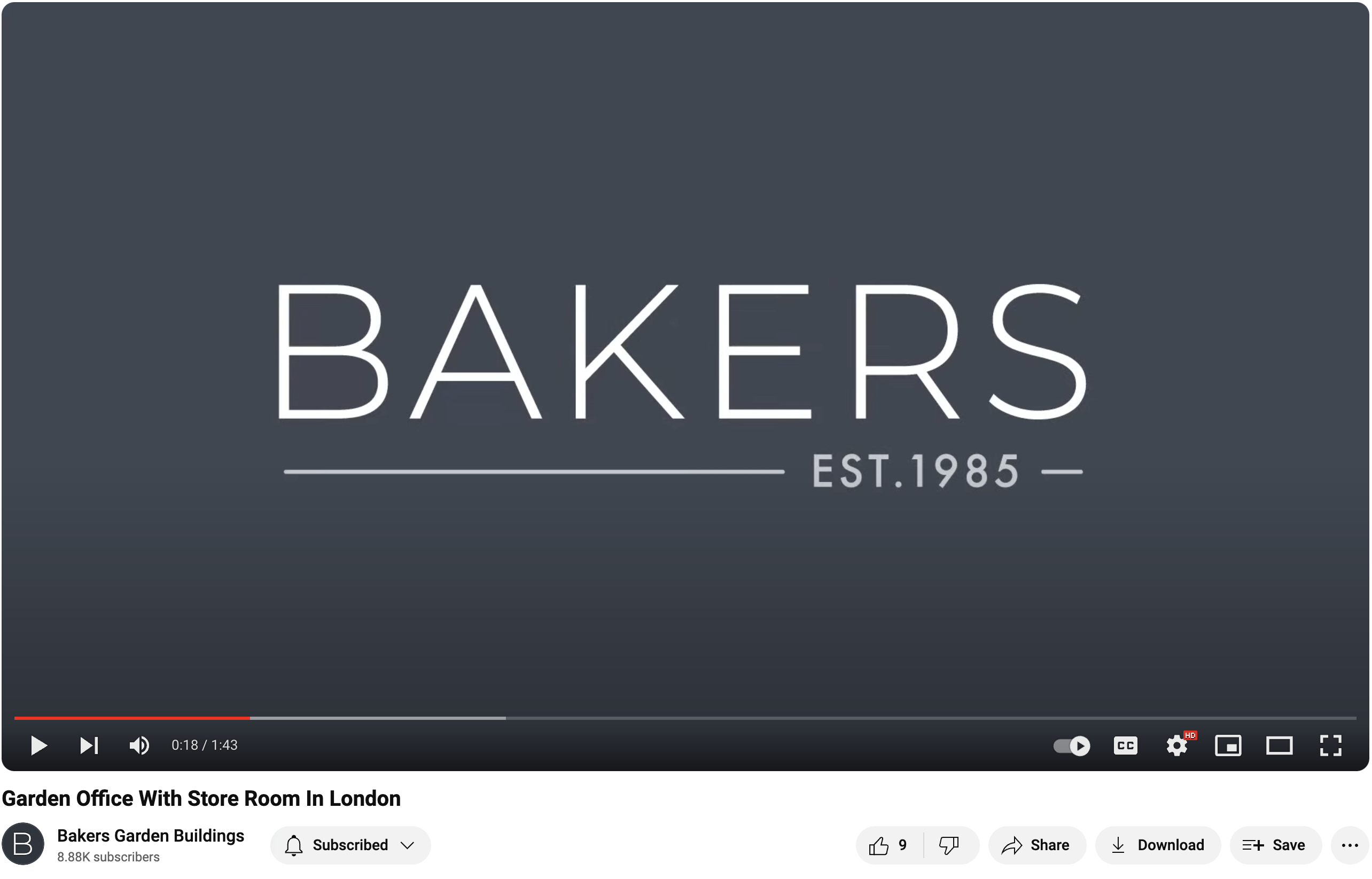11th Apr 2024

11th Apr 2024
B2B (Business To Business): Refers to marketing services between businesses. Rather than marketing that’s targeted towards consumers, it's aimed at other businesses.
B2C (Business To Consumer): Refers to marketing coming from a business, targeted towards consumers.
Conversion: Refers to the process of turning leads or prospects into paying customers. It can also refer to specific actions taken by users on a website or app, such as signing up for a newsletter, making a purchase, or completing a form.
CRM (Customer Relationship Management): Refers to practices, strategies, and technologies used by businesses to manage and analyse customer interactions and data throughout the customer lifecycle, with the goal of improving customer retention and satisfaction.
KPI (Key Performance Indicator): A quantifiable metric used to evaluate the success or performance of an organisation, department, or specific activity, typically aligned with strategic goals and objectives.
ROI (Return On Investment): A measure used to evaluate the profitability of an investment. This is calculated by dividing the net profit (generated by the investment) by the cost of the investment. The result is shown as a percentage or ratio.
RFP (Request for Proposal): An RFP is a formal document issued by an organisation seeking bids from potential vendors or service providers for a project or initiative. It outlines the requirements, scope of work, and evaluation criteria, allowing vendors to submit proposals detailing how they would meet the organisation's needs.
YOY (Year on Year): YOY is a comparison metric used in marketing to evaluate the performance of a metric or variable over the course of a year relative to the same period in the previous year. It helps assess growth or decline over time.

A/B Testing: A method used to compare two versions (A and B) of a webpage or marketing element to determine which one performs better in terms of a desired outcome, such as conversion rate or click-through rate.
CRO (Conversion Rate Optimisation): The process of improving the percentage of website visitors who take a desired action, such as making a purchase or signing up for a newsletter, by optimising elements of the website or marketing campaign.
Crawlability: How well search engine crawlers can read and follow links in your website's content.
CTA (Call To Action): A prompt or instruction designed to elicit an immediate response or action from the audience, such as "Sign up now" or "Shop our sale today".
CTR (Click Through Rate): A metric used to measure the effectiveness of an online advertising campaign, calculated by dividing the number of clicks on an ad by the number of times it was shown (impressions), expressed as a percentage.
Indexability: To what extent search engines are able to show your site’s pages in the search results of search engines.
PPC (Pay Per Click): PPC is an online advertising model where advertisers pay a fee each time their ad is clicked.
SEO (Search Engine Optimisation): SEO is the process of optimising a website or online content to improve its visibility and ranking on search engine results pages (SERPs), thereby increasing organic (non-paid) traffic.
SERP (Search Engine Results Pages): SERP is the page displayed by a search engine in response to a user's query, containing a list of web pages relevant to the search query.
Sitemap: A blueprint of your website that helps search engines find, crawl and index all of your website's content.
UGC (User Generated Content): UGC is content, such as text, images, videos, reviews, etc., created by users of a product, service, or platform, rather than by the brand or organisation itself.
UX (User Experience): UX refers to the overall experience a user has when interacting with a product, service, website or system. It encompasses aspects such as usability, accessibility, and satisfaction.

Hierarchy: Hierarchy in graphic design refers to the arrangement or presentation of elements in a way that indicates their importance or relationship to each other. It helps guide the viewer's attention and makes information easier to understand by organising it in a clear and structured manner.
Hue / Tint: Hue refers to the attribute of colour that allows us to distinguish red from green, blue from yellow, etc. It represents the pure colour without any added white or black. Tint refers to a lighter version of a colour achieved by adding white to it. It reduces the saturation of the colour, making it lighter in appearance.
Kerning/Tracking: Kerning refers to adjusting the spacing between individual characters in a font to achieve a visually pleasing result. Tracking is the specific space between all characters within a block of copy.
Leading (Line spacing): Leading, also known as line spacing, refers to the vertical space between lines of text. Proper leading ensures readability and prevents lines of text from appearing too cramped or too loose.
Logo Sting: A logo sting is an animated version of a logo featured in a video, usually shown at the start and at the end.
Orphans and Widows: Orphans and widows are terms used to describe undesirable text at the beginning or end of a paragraph. Widows occur when the first or last line of a paragraph is left alone at the bottom of a column or page, while orphans occur when the last word in a paragraph appears alone at the bottom of a column or page.
Vector: Vector graphics are composed of mathematical paths rather than pixels, which allows them to be scaled infinitely without losing quality. They are commonly used for logos, illustrations, and other graphics that require scalability.
CMYK: Stands for Cyan, Magenta, Yellow, and Key (Black). It’s a colour model used for printing purposes, where different combinations of these four colours create a wide range of colours.
HEX: Short for hexadecimal, is a six-digit code used in web design to represent colours. Each pair of digits represents the intensity of red, green, and blue in the colour.
PANTONE: A proprietary colour matching system used in various industries, especially in printing. Each colour in the Pantone system is assigned a unique code for accurate colour reproduction.
RAL: Similar to PANTONE, RAL is used for signage and the painting of large objects such as vehicles.
RGB: Stands for Red, Green, and Blue. It is a colour model used for digital screens, where different combinations of these three colours create various colours by emitting light.
Bakers Garden Buildings' Logo Sting

AJAX (Asynchronous JavaScript and XML): AJAX is a technique used in web development to create interactive and dynamic user interfaces. It allows web pages to update content asynchronously by exchanging data with a web server behind the scenes, without requiring the entire page to reload.
API (Application Programming Interface): An API is a set of rules, protocols, and tools that allows different software applications to communicate with each other. It defines the methods and data formats that developers can use to interact with a particular software component or service.
CMS (Content Management System): A software platform that allows users to create, manage, and modify digital content on a website without requiring specialised technical knowledge, typically through a user-friendly interface.
CSS (Cascading stylesheets): CSS is a stylesheet language used to describe the presentation of a document written in HTML or XML. It controls the layout, colours, fonts, and other visual aspects of a web page, allowing developers to separate the content from its presentation.
JSON (JavaScript Object Notation): JSON is a lightweight data-interchange format that is easy for humans to read and write, and easy for machines to parse and generate. It is often used to transmit data between a server and a web application, and is based on a subset of the JavaScript programming language.
PHP (PHP Hypertext Preprocessor): PHP is a server-side scripting language primarily used for web development. It is embedded within HTML and is commonly used to create dynamic web pages or applications. PHP code is executed on the server, generating HTML that is then sent to the client's web browser.
Wireframes/UI (User Interface): Wireframes are visual representations of the layout and structure of a web page or application. They typically outline the placement of elements such as navigation menus, buttons, forms, and content areas without specifying design details. UI, or User Interface, refers to the graphical layout of an application, encompassing elements such as buttons, menus, and icons, as well as the interactions between the user and the application.

There are so many names, terms and acronyms used in the marketing, web and creative world. And when you work in an agency it can be easy to forget that not everyone knows what you’re talking about, so don’t be afraid to ask us to clarify. The last thing we want to do is confuse you!